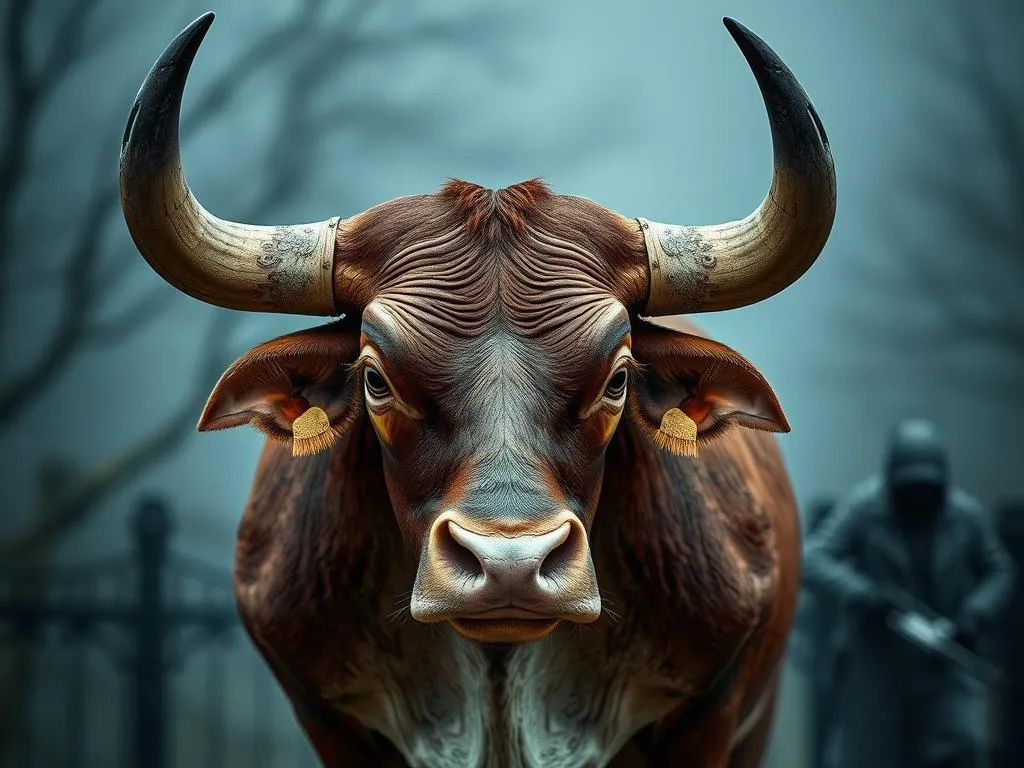
Introduction
Understanding different dog breeds is crucial for potential pet owners. Each breed comes with its own unique characteristics, temperament, and care requirements. One fascinating hybrid breed that has been gaining popularity is the Bullmatian, a delightful mix between the Bull Terrier and the Dalmatian. This article aims to provide comprehensive information about the Bullmatian, ensuring that potential owners are well-informed about this breed’s history, physical characteristics, temperament, care needs, and more.
With the rise of hybrid breeds, understanding the traits of a Bullmatian is essential for making an informed decision about bringing one into your home. By exploring the intricacies of this unique breed, you will understand its needs and whether it fits your lifestyle.
Understanding the Bullmatian
Breed Background
The Bullmatian is a relatively new hybrid breed that combines the best traits of two beloved breeds: the Bull Terrier and the Dalmatian. The origins of the Bull Terrier date back to the early 19th century in England, where they were bred for bull-baiting and later as companions. The Dalmatian, on the other hand, has a rich history that dates back centuries, known for its distinctive spotted coat and role as a carriage dog, firehouse mascot, and loyal companion.
The purpose behind crossbreeding these two breeds is to create a dog that possesses the playful, energetic traits of the Dalmatian while incorporating the sturdy, loyal nature of the Bull Terrier. This combination results in a unique canine companion that is both affectionate and spirited.
Physical Characteristics
A Bullmatian typically showcases a mix of physical traits from both parent breeds. They usually weigh between 40 to 70 pounds and stand about 18 to 24 inches tall. Their size can vary, but they are generally medium to large dogs.
The coat of a Bullmatian is short and sleek, often reflecting the Dalmatian’s characteristic spotted pattern. Common colors include white with black or liver spots, and some may have a brindle pattern inherited from the Bull Terrier. Distinctive features include a muscular build, a broad head, and a unique facial structure that combines the best of both breeds.
Temperament and Personality
The temperament of a Bullmatian is one of its most appealing aspects. These dogs are known for their friendly and outgoing nature, making them great family pets. They are typically energetic and playful, thriving on interaction with both humans and other pets. Early socialization is crucial to ensure they develop into well-rounded companions.
Bullmatians are generally good with children and can adapt well to family life. Their playful demeanor and affectionate nature make them excellent companions for active families. However, as with any breed, proper introductions and supervision are essential when interacting with smaller pets to ensure harmony in the household.
Health Considerations
Common Health Issues
Like all breeds, Bullmatians can be predisposed to certain health conditions. Common issues may include skin allergies, hip dysplasia, and eye problems. Regular veterinary check-ups are essential to monitor their health and catch any potential issues early on. A well-maintained diet and routine exercise can greatly contribute to their overall well-being.
Lifespan and Care
The average lifespan of a Bullmatian is around 10 to 14 years, depending on various factors such as genetics, diet, and exercise. Key factors that influence their longevity include regular vet visits, a balanced diet, and adequate physical and mental stimulation. Ensuring proper care will help these dogs lead long, healthy lives.
Training and Socialization
Training Tips
Training a Bullmatian can be a rewarding experience, but it requires consistency and patience. Positive reinforcement techniques, such as treats and praise, work best for this breed. Since both parent breeds are intelligent and eager to please, Bullmatians can learn commands quickly when motivated.
Common training challenges may include stubbornness or a tendency to be overly energetic. Incorporating short, engaging training sessions can help maintain their focus and enthusiasm. Basic commands such as sit, stay, and come are essential, and introducing more complex tricks can further stimulate their minds.
Socialization Needs
Socialization is crucial for Bullmatians to ensure they are well-adjusted adults. Early exposure to different people, environments, and other animals can help prevent behavioral issues later in life. Activities such as puppy classes, dog parks, and playdates can facilitate positive interactions and experiences.
Introducing your Bullmatian to new experiences should be done gradually and positively. Rewarding calm behavior with treats and praise will encourage them to embrace new situations with confidence.
Exercise and Activity Requirements
Daily Exercise Needs
Bullmatians are energetic dogs that require regular exercise to maintain their health and happiness. Daily routines should include at least 60 minutes of physical activity, which can consist of walking, running, or engaging in playtime. Activities such as fetch, agility training, or even swimming can provide excellent physical outlets for their energy.
Mental stimulation is equally important. Puzzle toys, training exercises, and interactive games can help keep their minds sharp and prevent boredom. A well-exercised Bullmatian is less likely to engage in destructive behaviors.
Ideal Living Conditions
The ideal living environment for a Bullmatian can vary, but they thrive in homes with ample space to roam and play. While they can adapt to apartment living, access to outdoor spaces is a significant advantage. A securely fenced yard is ideal, allowing them to enjoy playtime safely.
Active lifestyles are particularly compatible with Bullmatians. They enjoy outdoor adventures and family activities, making them great companions for those who lead an active lifestyle.
Nutrition and Diet
Dietary Needs
A well-balanced diet is crucial for the health of a Bullmatian. Their nutritional requirements typically include high-quality protein, healthy fats, and essential vitamins and minerals. Owners should choose dog food that meets the specific needs of medium to large breeds, ensuring it is formulated for their age and activity level.
Treats and Supplements
Using treats for training and rewards is effective, but owners should be mindful of portion control to prevent obesity. Safe treats can include fruits like apples and carrots, but certain foods should be avoided, such as chocolate, grapes, and onions.
Some owners may consider dietary supplements to support joint health or skin conditions. However, it’s essential to consult with a veterinarian before introducing any supplements to ensure they are appropriate for your Bullmatian.
Grooming and Maintenance
Grooming Frequency
Grooming a Bullmatian is relatively low-maintenance due to their short coat. Regular brushing, ideally once a week, can help manage shedding and keep their coat healthy. Bathing should be done as needed, typically every few months or when they get particularly dirty.
Dental and Ear Care
Dental hygiene is vital for Bullmatians. Regular tooth brushing and dental treats can help maintain oral health and prevent issues such as gum disease. Additionally, ear care should not be overlooked. Regular checks for debris and wax buildup, along with gentle cleaning when necessary, will help keep their ears healthy.
Finding a Bullmatian
Adoption vs. Breeding
When considering bringing a Bullmatian into your home, potential owners must weigh the pros and cons of adoption versus purchasing from breeders. Adoption can provide a loving home to a dog in need, while buying from a responsible breeder can ensure a well-bred puppy with a known lineage.
Researching reputable breeders and rescue organizations can help in making an informed decision. A responsible breeder will provide health clearances and documentation, while a rescue organization can offer insights into a dog’s behavior and history.
What to Look For
When selecting a Bullmatian, key traits to consider include temperament, physical health, and compatibility with your lifestyle. Look for a puppy or dog that displays a friendly demeanor and shows curiosity and playfulness.
Health checks, including vaccinations and health clearances, should be requested from breeders. If adopting, ensure the rescue organization provides a thorough assessment of the dog’s behavior and health.
Conclusion
In summary, the Bullmatian is a unique and vibrant breed that combines the best qualities of the Bull Terrier and Dalmatian. Their friendly, energetic personality and adaptability make them excellent companions for active families. Understanding their needs regarding health, exercise, training, and grooming is essential for responsible ownership.
Before bringing a Bullmatian into your home, consider your lifestyle and how this breed will fit into it. By being well-informed, you can provide a loving, stable environment for your new furry friend, ensuring a happy life together.
The journey of owning a Bullmatian can be incredibly rewarding, filled with joy, companionship, and adventure.









